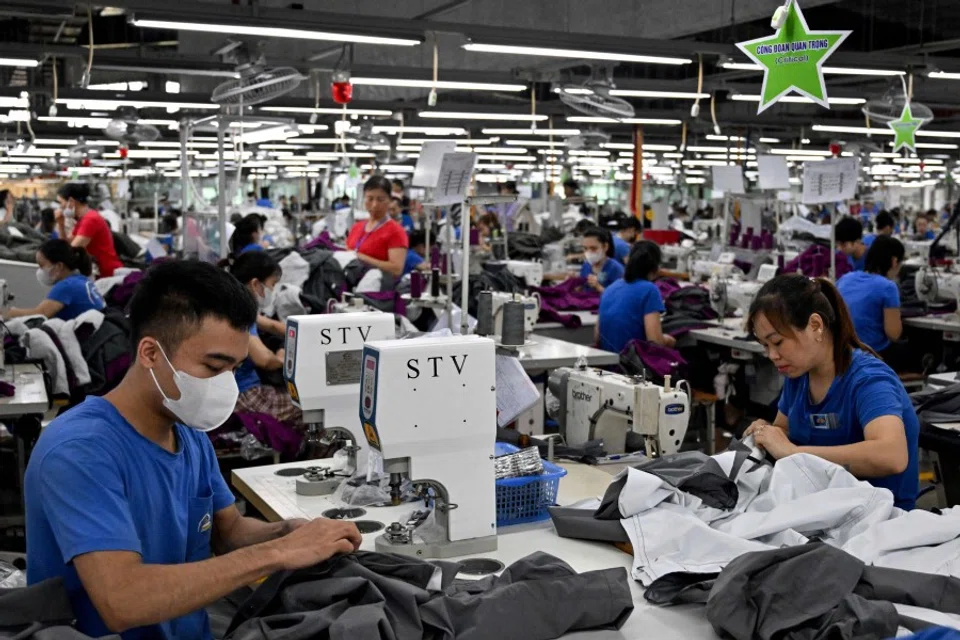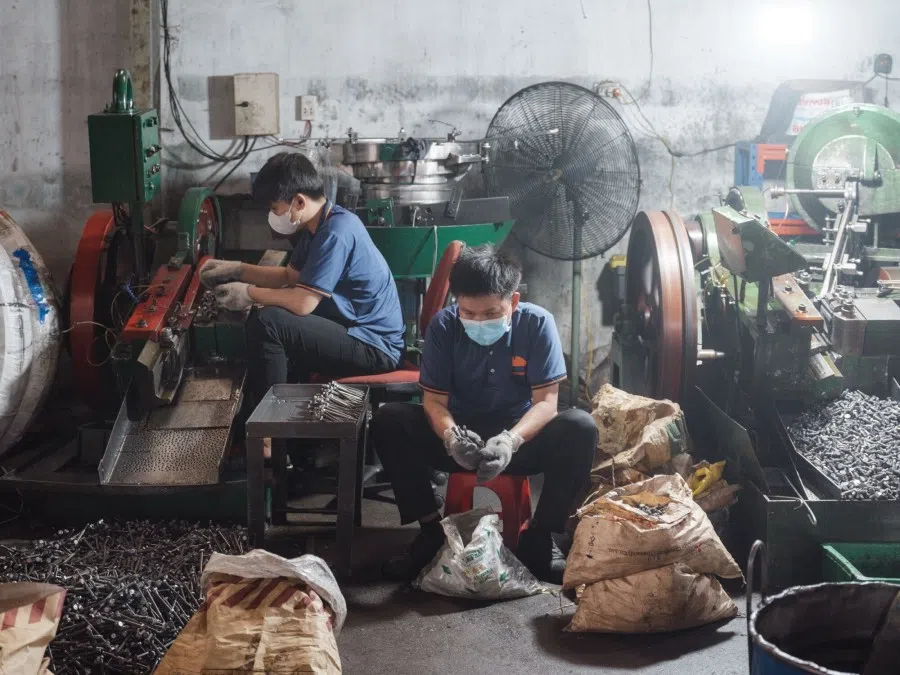Caught in the crossfire: Vietnam and the Chinese transshipment dilemma
US tariffs on goods routed through Vietnam are raising worries about Beijing’s reaction. Caught between two giants, Vietnam faces tough choices amid growing trade tensions.

On 2 July 2025, US President Donald Trump announced a new US-Vietnam trade deal, declaring that “Vietnam will pay the United States a 20% tariff on any and all goods sent into our territory, and a 40% tariff on any transshipping”. While the specifics of the deal are still being finalised, the “transshipping” provision, which apparently targets goods from China that are routed through Vietnam to evade higher US tariffs, has raised concerns in Hanoi about potential retaliation from Beijing.
Although China’s ability to punish Vietnam may be constrained by its broader strategic and economic considerations, Hanoi should remain vigilant and aim for a final deal with Washington that minimises economic harm and avoids undermining its relations with China.
Who’s affected by crackdown on ‘transshipping’?
What constitutes “transshipping” in President Trump’s announcement remains ambiguous, creating uncertainty about its economic impact on Vietnam and broader Vietnam–China relations. In the best-case scenario for Vietnam, “transshipping” is narrowly defined as Chinese products imported into the country solely for relabelling and reexporting to the US without significant value added.
While data on the percentage of Vietnamese exports which are shipped to the US via pure transshipment is lacking and often disputed, the minimal value that Vietnam gains from these goods means they contribute little to Vietnam’s economic growth. As such, stricter enforcement against “transshipping” would have limited impact on the Vietnamese economy.
Multinational corporations and US companies like Apple, Google, Nike and Gap, which rely on Chinese inputs and components for their Vietnam-based factories, will also be seriously affected.
However, the ambiguity surrounding the term leaves open the possibility that Washington may adopt a broader interpretation, targeting also products manufactured in Vietnam that incorporate inputs and components from China. Vietnam is highly reliant on Chinese inputs and intermediate goods, especially in key export sectors like electronics and textiles.

As such, if a broader definition is applied and the US sets a low threshold for Chinese content to trigger the “transshipping” clause, a much larger share of Vietnam’s exports to the US could be subject to the 40% tariff rate. Multinational corporations and US companies like Apple, Google, Nike and Gap, which rely on Chinese inputs and components for their Vietnam-based factories, will also be seriously affected. This scenario will lead to major economic disruption for Vietnam and could also trigger significant tensions in its relations with China.
China’s reactions
China’s reaction to the transshipping clause in the Vietnam-US trade deal will therefore depend on how the clause is defined. In the best-case scenario, where ‘transshipping’ is narrowly interpreted, China is unlikely to respond strongly. Such pure transshipment is a clear violation of the rules of origin, and China has little ground to defend it.
Moreover, China’s broader priorities in Vietnam, including enhancing economic and political ties, may further reduce Beijing’s incentive to retaliate. Recent moves by China to deepen engagement with Vietnam, including jointly planning major infrastructure projects, underscore its interest in preserving stable relations. This context suggests that as long as the transshipping clause is reasonably defined, China’s response may be measured and pragmatic.
China’s options are somewhat constrained by its own economic interests, as retaliatory measures risk backfiring and harming China’s exports to Vietnam as well as its increasing investment in the country.
In the second scenario, where a lower percentage of Chinese inputs triggers the transshipping clause, China’s reaction could be stronger. Beijing might retaliate economically by restricting Vietnamese imports, such as agricultural products. On the political front, it could escalate tensions in the South China Sea to pressure Hanoi into adopting a tougher stance with Washington.
Still, China’s options are somewhat constrained by its own economic interests, as retaliatory measures risk backfiring and harming China’s exports to Vietnam as well as its increasing investment in the country. Moreover, any aggressive response could undercut China’s image as a constructive regional leader and contradict its narrative of cooperation, especially compared to its characterisation of America as a “bully”.
Avoiding a lose-lose scenario
Furthermore, the likelihood that the transshipping threshold will be set extremely low and result in serious economic consequences for China is relatively small.
Both Vietnamese officials and US importers, as well as US multinational corporations with manufacturing operations in Vietnam, have strong incentives to oppose a strict or overly broad definition of “transshipping”. Such an approach would help prevent disruptions in Vietnam-US trade ties and reduce the likelihood of aggressive retaliatory measures from Beijing.

Both America’s insistence on curbing the Chinese transshipment practice and China’s threats of retaliation reflect the broader dynamics of US-China economic and strategic rivalry, an intensifying contest in which smaller countries like Vietnam are caught in the middle.
Vietnam, whose economy depends heavily on the US as an export market and China for critical inputs, has limited room to manoeuvre. On the one hand, Hanoi cannot ignore US demands to crack down on transshipment fraud, given how important the American market is for Vietnamese exports. On the other hand, it is reluctant to antagonise China, since Hanoi’s relationship with Beijing remains vital to its security and economic well-being.
If Beijing and Washington adopt overly aggressive and uncompromising approaches, they risk creating a lose-lose scenario...
The US and China should recognise the difficult situation faced by countries like Vietnam and make efforts to minimise collateral damage.
Specifically, Washington should avoid pushing for an overly broad definition of transshipment that extends beyond clear cases of fraudulent relabelling. Likewise, instead of “punishing” them for problems they are not responsible for, Beijing should engage constructively with countries caught in the crossfire by deepening bilateral trade and investment relations to offset the decline in its economic ties with Washington.
If Beijing and Washington adopt overly aggressive and uncompromising approaches, they risk creating a lose-lose scenario — global economic disruption will not only hurt countries like Vietnam but ultimately prove detrimental to the two major powers themselves.
This article was first published in Fulcrum, ISEAS – Yusof Ishak Institute’s blogsite.





